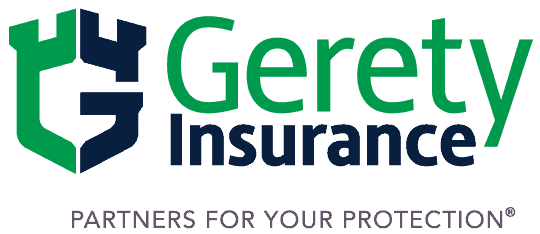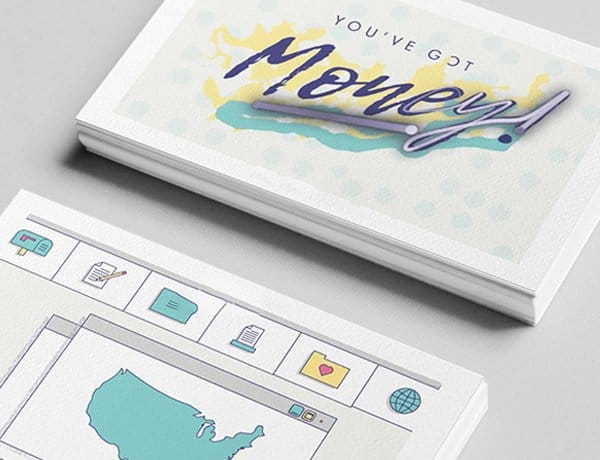The ABC’s of Auto Insurance
What Do You Want to Insure?
The questions around auto insurance center not so much on whether to have it—it’s mandated by state law, required by your lender, and serves to protect your assets—but what kind of coverage you should purchase.
Types of Coverage
There are several forms of coverage that a car owner may purchase, some of which are required, others of which may be optional.
The coverage requirements in all states include:
Bodily injury liability (pays for the cost of injuries you cause to another individual), and
Property damage liability (pays for the damage you cause to another’s car or to objects or structures you hit).
Some, but not all, states will require that you have coverage for:
Uninsured and underinsured motorists (covers the costs associated with being hit by an uninsured or underinsured driver, or in the case of a hit-and-run accident), and
Medical payments or personal injury protection (PIP) (pays for medical treatment for you and your passengers). PIP coverage is available in “no-fault” states and may also cover lost wages and funeral costs.
If you borrowed to purchase your car, the lender may require collision and comprehensive coverage.
Collision coverage reimburses you for damage to your car resulting from a collision with another car, object, or structure; a pothole; or from flipping over.
Comprehensive coverage is designed to pay for car damage not arising from a collision, e.g., theft, hail, windstorm, flood, fire, and hitting animals. This coverage may also pay for windshield repairs.
If you own your car outright, you may want to consider purchasing collision and comprehensive coverage if your car has a significant market value. You may find that the potential economic loss is sufficient to warrant the cost of collision and comprehensive protection.






